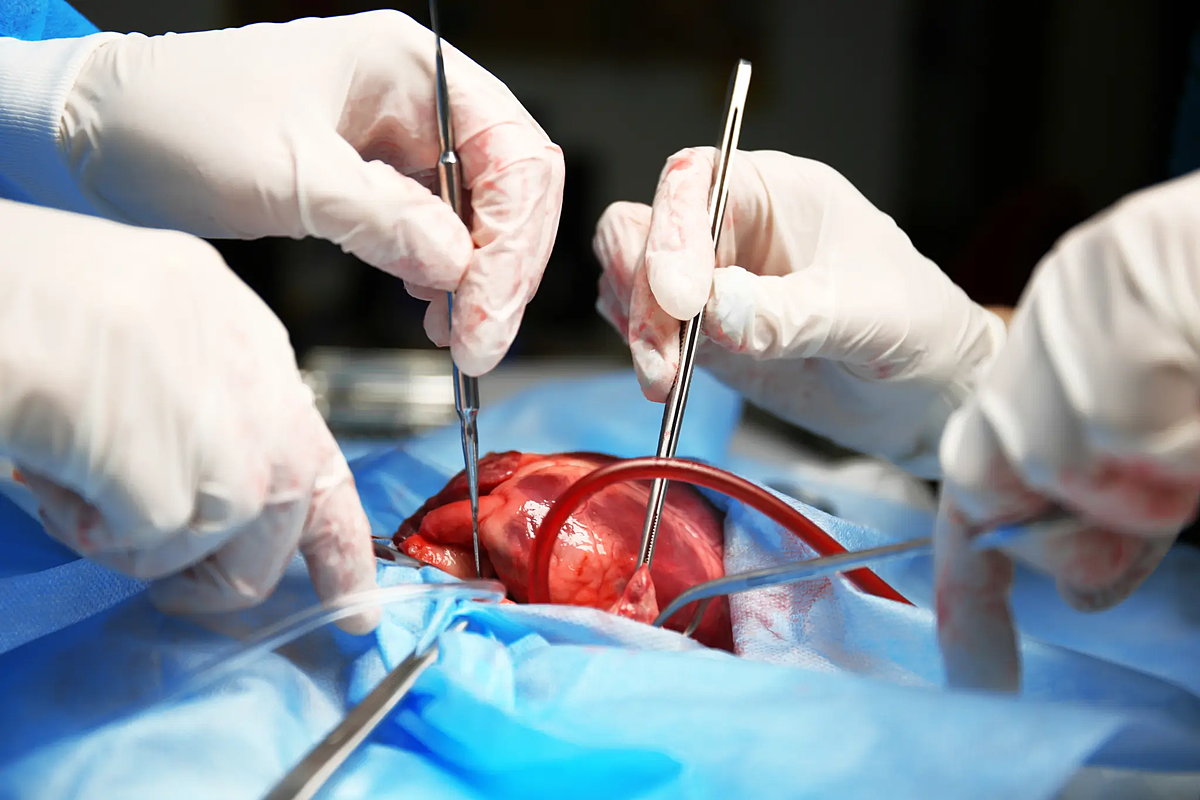Researchers at Duke University and Vanderbilt University have pioneered simplified methods for evaluating and preserving hearts from donors after circulatory death (DCD). Their findings, published in the New England Journal of Medicine on 17/7, offer hope for expanding access to heart transplants. DCD hearts come from individuals who are not brain-dead but have no chance of recovery and whose families have chosen to withdraw life support. These hearts stop beating within minutes, making their use for transplantation more complex.
"DCD hearts perform just as well as hearts from brain-dead donors," said Dr. Aaron M. Williams, who led the research team at Vanderbilt.
Traditionally, most donor hearts are retrieved from brain-dead individuals whose circulation is maintained artificially. However, hearts from DCD donors can suffer damage from oxygen deprivation. Some centers use normothermic regional perfusion (NRP), a technique that involves pumping oxygenated blood back into the organs after the heart stops, but this method raises ethical concerns and is prohibited in some hospitals. Another approach involves placing the DCD heart on a machine that pumps blood and nutrients during transport, but this equipment is expensive and unsuitable for infants.
The Duke team developed a simpler technique: the heart is removed, placed on a sterile surgical table, and connected to tubing that supplies oxygenated blood to assess its function. This method proved successful in a heart transplant for a 3-month-old infant, using a heart from a 1-month-old donor at a hospital that does not permit NRP. "Within 5 minutes, the heart was beating and had a healthy pink color," explained Dr. Joseph Turek, who led the Duke team. After assessment, the heart is cooled and transported for transplantation.
At Vanderbilt, Williams's team developed a different approach. They infuse a cold, nutrient-rich preservation solution into the heart before retrieval, similar to the procedure used for brain-dead donors. This method has been used in about 25 successful heart transplants at the hospital. "This helps replenish lost nutrients and protect the heart during transport," Williams said.
 |
A heart transplant surgery. Photo: Adobe Stock |
A heart transplant surgery. Photo: Adobe Stock
The shortage of donor hearts remains a critical issue. In the US, around 700 children need heart transplants each year, and approximately 20% die waiting. The need is even greater for adults with end-stage heart failure. While DCD donors accounted for 43% of all donors last year, only about 800 of the more than 4,500 heart transplants used DCD hearts. Expanding the use of DCD hearts is considered essential to saving more lives.
"Innovations to recover organs from circulatory-death donors are critical if we want to make a dent in the organ shortage," said Brendan Parent, a bioethicist at NYU Langone Health. He believes that if these new methods prove effective, they could be widely adopted by hospitals that do not perform NRP.
Thuc Linh (NY Post)












